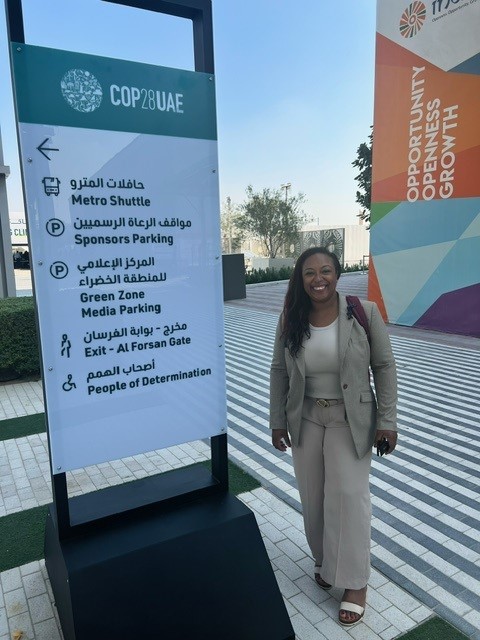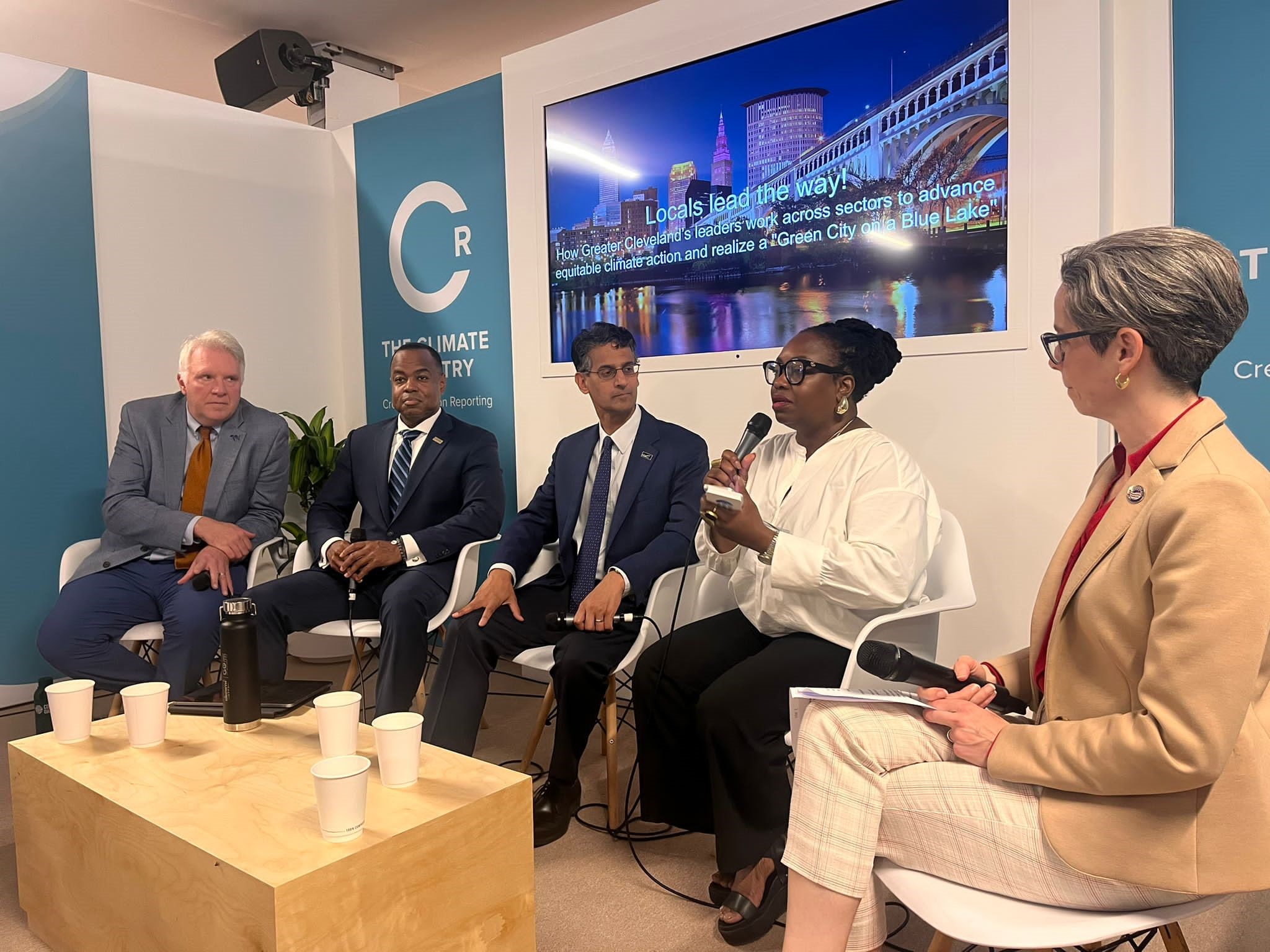EPA’s Lead and Copper Rule Improvements Can Demonstrate Biden Administration’s Commitment to Protecting Human Health
CHICAGO (February 5, 2024) – In November 2023, the U.S. Environmental Protection Agency (EPA) proposed improvements to the nation’s drinking water rules to finally address the widespread use of dangerous lead pipes for American drinking water. The Great Lakes region contains by far the greatest number of lead service lines of any region in the country, and so has borne an especially heavy burden from this toxic legacy that still endures.
Today, the Alliance for the Great Lakes submitted comments to EPA aimed at improving the rule and raising concerns with the agency over the rule’s scope and timetable for action. The most important issue for EPA to address is a proposed exception that could allow lead pipes to persist in Great Lakes metropolitan areas like Chicago for over 40 years.
The Alliance’s comments include:
- U.S. EPA should require that systems with the greatest number of lead service lines meet ambitious minimum replacement rates set as a percentage of their total lead service lines, with such rates revisited to ensure maximum feasible replacement over time.
- U.S. EPA should further tighten the Action Level to 5 ppb to protect public health, ensure systems are using effective corrosion control treatment, and further promote outreach and education that can help spur lead service line replacement and other removal of lead from water systems.
- The Alliance supports U.S. EPA’s proposed enhanced transparency measures and requests that U.S. EPA (a) include requirements that posted information be easily searchable, extractable and exportable, and (b) remove the 50,000-resident threshold for online provision of lead service line replacement plans.
- The Alliance supports and suggests ways to bolster U.S. EPA’s emphasis in the Proposed Rule on environmental justice and civil rights obligations pertaining to lead service line replacement and overall Lead and Copper Rule compliance.
“The Alliance welcomes these long-awaited improvements to the federal Lead and Copper Rule and encourages U.S. EPA to issue a strengthened final rule that delivers on the Administration’s promise to the country and the Great Lakes region. Addressing lead service lines once and for all will bring huge benefits to the region by reducing negative impacts to childhood development and improving cardiac health. President Biden and the EPA should be commended for moving forward with this rule,” said Meleah Geertsma, Alliance for the Great Lakes’ Director of Clean Water and Equity.
“At the same time, the Alliance believes the Proposed Rule risks leaving the most burdened too far behind by allowing significant extensions of the timeframe for lead service line replacement in cities with the greatest number of lead service lines, including the Great Lakes cities of Chicago and Cleveland,” said Geertsma.
###
Contact: Don Carr, Media Director, dcarr@greatlakes.org
The post EPA’s Lead and Copper Rule Improvements Can Demonstrate Biden Administration’s Commitment to Protecting Human Health appeared first on Alliance for the Great Lakes.
News - Alliance for the Great Lakes
News - Alliance for the Great Lakes
https://greatlakes.org/2024/02/epas-lead-and-copper-rule-improvements-can-demonstrate-biden-administrations-commitment-to-protecting-human-health/







